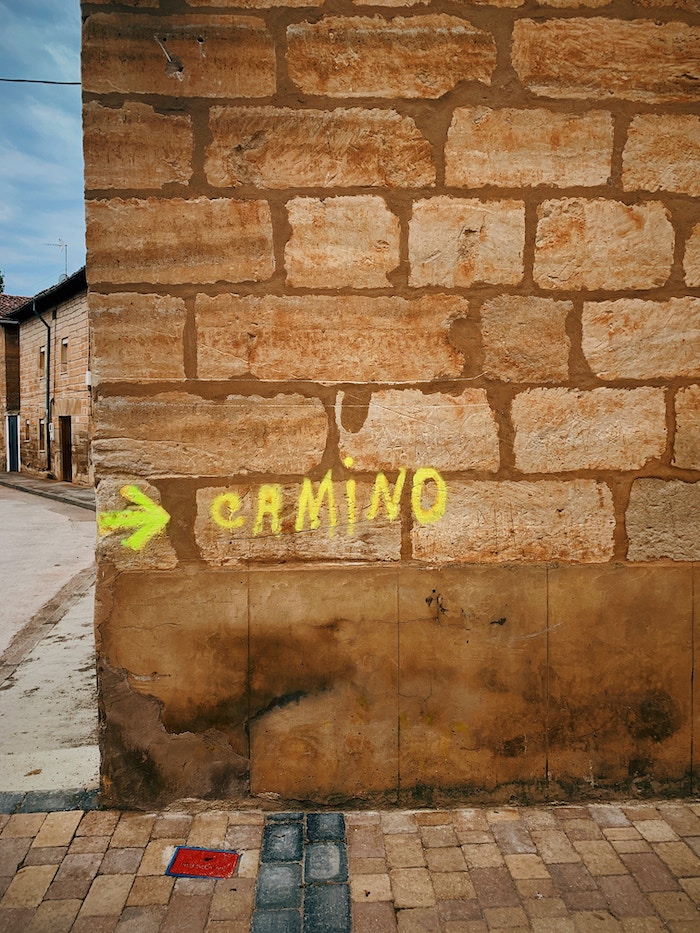
By the end of 2022, the American household debt hit a record of $16.9 trillion dollars, up $2.7 trillion since 2019. Each household now faces the challenge of rapid inflation and economic uncertainty, along with looming financial crisis.
With pantry staples and common produce skyrocketing and student debt out of control, it can feel impossible to keep up with bills, rent, debt, all while saving meager pennies for retirement. (If retirement is even possible, that is.)
It’s at times like these when we feel more alone than ever, faced with the overwhelming struggle of a country in crisis. And yet, it’s also when we need others the most.
That’s where collaborative consumption can help.
What Is Collaborative Consumption?
Collaborative consumption is a part of the sharing economy, with the goal of consumer-to-consumer sharing and bartering, rather than business to consumer. The main strategy is “using rather than owning” to better conserve resources. It can look like carpooling to work rather than driving two gas-guzzling cars, sharing tools with friends rather than buying your own or babysitting one another’s pets for free.
The act of collaborative consumption is nothing new. In fact, it may very well be one of the oldest economic models—a tribalistic act of sharing limited resources with one another. In some Indigenous societies, it was common for the collective to decide how to gather and distribute resources, based on what was needed to help the collective thrive.
Collaborative consumption works in a similar way. By identifying your modern-day tribe equivalent, you can create a micro-economy of lending and borrowing among family and/or friends. Not only does this help save money, it also helps protect the planet. Collaborative consumption is necessarily environmental, given that it operates on the principle of less. Rather than five individuals owning a drill, all five can pool their money for a collective drill to be shared and transported whenever needed. It decreases the overall consumer demand as consumers distribute shares of any item among a group of individuals.
Benefits of Collaborative Consumption
Collaborative consumption is already happening in facets of the digital economy, with the rise of rental services like Zipcar, AirBnB, and Stasher. Items that are best for collaborative consumption usually fall under one or more of the following criteria:
- High cost per use
- Inability to afford or buy that item
- Depreciation in item value
- Ongoing maintenance costs
- Desire to upgrade or change styles
By sharing items of high cost consumer-to-consumer, groups of individuals can come together to share the item equally or as needed, decreasing demand on money, natural resources, time, and space.
The framework of collaborative consumption can be applied in three systems, as noted by author of What’s Mine is Yours: The Rise of Collaborative Consumption, Rachel Bostman.
1. Redistribution
Redistribution is the thriftcycle of a product, or rehoming and repurposing items when no longer useful or relevant. Rather than throwing out old clothing, a redistribution model approach encourages donating or giving older clothing away to a new home and family.
2. Collaborative life-cycle
The collaborative life-cycle approach focuses on the sharing of intangible resources like time, money, and skills. Rather than paying someone to fix your car, a collaborative life-cycle would encourage leaning on a friend with savvy automotive skills and repaying them in another skill-based service in-kind.
3. Product-service systems
Most aligned with apps like Uber, Lyft, and AirBnB, this gives consumers the benefit of a product without needing to own it. Library systems and community centers can be considered some of the first examples of product-service systems that require lending and sharing on a national and, sometimes, global level.
How You Can Incorporate Collaborative Consumption Into Your Life
Beyond running to your library stat to register for your free-of-charge library card, there are other ways you can encourage your friends and family to consume collaboratively:
Start A Collaborative Consumption Spreadsheet
For neighbors, tight-knit religious communities, and local friends, consider starting a collaborative consumption spreadsheet tracking items you are willing to loan or share. Divide the spreadsheet into categories such as:
- Hosting items: Portable tables, foldable chairs, dishware, etc
- Tools: Drills, nail guns, power saw
- Recreations: Books, soccer balls, yard games, frisbees
- Services: Car repairs, moving assistance, carpooling, childcare
Host A Swap Party
Rather than donating or throwing away old clothing or items, consider hosting a swap party instead. Invite friends and family to bring items to swap with other party attendees so everyone can leave with new items without buying new pieces to ultimately end up in landfills.
Utilize Collaborative Consumption-Centered Apps
If you live in a city with reliable public transportation, consider using Zipcar for one-off car rentals rather than owning a car. Other apps that emphasize collaborative consumption and redistribution of goods include Secondhand Books, Poshmark, DePop, AirBnB, JustPark, Rover, CouchSurfing, and more.
***
In a world of increasingly limited resources and continued environmental strain, collaborative consumption is the eco-focused economic model of the future. It’s time we stop hoarding and, instead, take the art of sharing and apply it to our lives and those around us.
Get more like this—Sign up for our daily inspirational newsletter for exclusive content!
__
Photo: Ron Lach via Pexels




